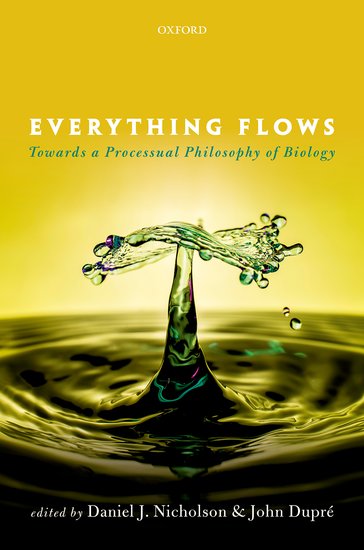Alexey Desnitskiy from St. Petersburg State University has published a short review of the process of embryonic inversion in the genus Volvox. It is a translation, by the author, of his Russian-language paper in the journal Ontogenez (Desnitskiy, AG. 2018. Ontogenez 49:147-152). The article, in the Russian Journal of Developmental Biology, isn’t listed as open access, but it also doesn’t seem to be paywalled.
Inversion occurs during the development of all known species in the family Volvocaceae (Colemanosphaera, Eudorina, Pandorina, Platydorina, Pleodorina, Volvox, Volvulina, and Yamagishiella), where it serves to turn the embryo inside-out and get the flagella on the outer surface of the colony. The paper discusses the two distinct inversion processes found in different Volvox species:
…the inversion of “type A” and the inversion of “type B,” represented by the two species most thoroughly studied, respectively V. carteri f. nagariensis and V. globator (Hallmann, 2006; Höhn and Hallmann, 2011). The principal difference between these two types of inversion is that this process begins at the anterior pole of the embryo in the first case, while in its posterior hemisphere in the second case. Coordinated displacements of cells relative to the system of intercellular cytoplasmic bridges play, along with changes of the cell shape, an important role in the inversion process in embryos of both Volvox species. In V. globator, though, the spindle-shaped cells could be observed not in the entire embryo but only in the posterior hemisphere at the stage of its compression.





